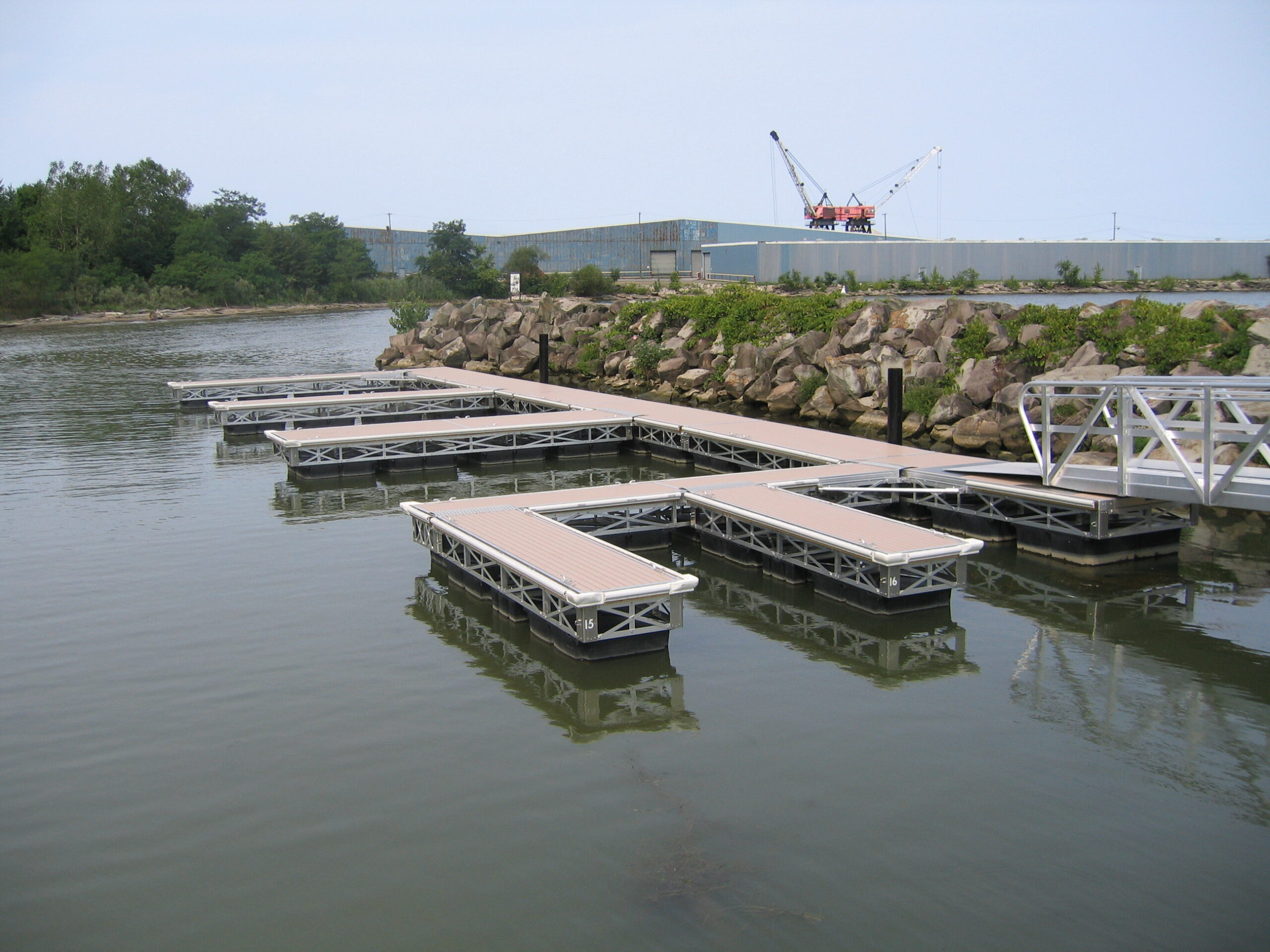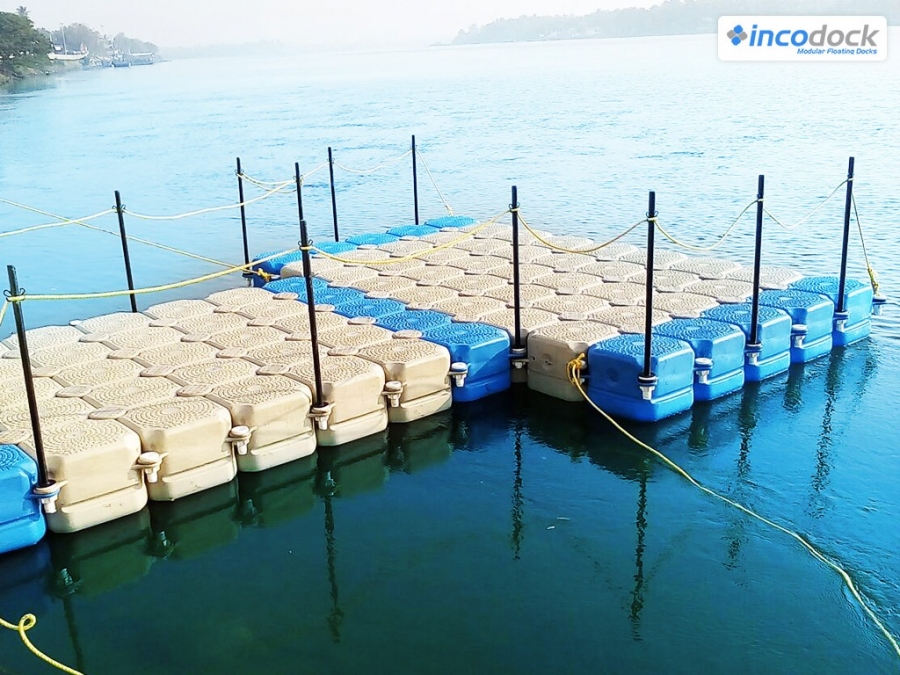Find the Perfect Floating Dock Builder to Bring Your Waterside Vision to Life
Find the Perfect Floating Dock Builder to Bring Your Waterside Vision to Life
Blog Article
Upgrade Your Beachfront With Durable Floating Docks
Upgrading your beachfront with durable floating docks can dramatically improve both performance and appearances, supplying a functional remedy for numerous water activities. These structures are designed to adapt to changing water degrees, ensuring safety and accessibility throughout the periods. With a series of materials readily available, consisting of low-maintenance choices and typical timber, choosing the right dock can enhance your individual design and meet sensible needs. Recognizing the nuances of installment and maintenance is crucial for making certain durability and performance. When making this investment?, what factors should you take into consideration.
Advantages of Floating Docks
Floating docks deal a wide range of benefits that enhance their allure for different maritime applications. Unlike conventional set docks, floating docks surge and loss with the trend, making certain consistent accessibility for boats and watercraft no matter of ecological conditions.
In addition, floating docks are easier to move and set up, offering adaptability for momentary or seasonal usage. Their modular layout permits for customization to fit particular needs, whether for exclusive marinas, household watersides, or industrial applications.
In addition, floating docks develop marginal disruption to the aquatic setting, maintaining neighborhood environments and lowering the likelihood of erosion. They additionally provide boosted safety and security for users, as their buoyant nature provides an extra forgiving surface than inflexible frameworks.
In addition, floating docks can assist in a diverse series of activities, such as fishing, swimming, and leisure boating, making them a valuable asset for waterside development. Their adaptability and practicality make floating docks a preferred option for a selection of marine tasks.
Selecting the Right Materials
Choosing proper products for floating docks is vital to their long life, performance, and general performance. When selecting products, consider variables such as ecological exposure, upkeep demands, and architectural honesty. Common materials include timber, plastic, aluminum, and composite choices, each offering unique benefits and disadvantages.
Timber, while cosmetically pleasing, requires routine maintenance to avoid rot and degeneration. Pressure-treated wood can boost toughness, however it might still catch water damages in time. Plastic floats, usually made from high-density polyethylene, are resistant to corrosion and call for minimal maintenance, making them an eye-catching selection for low-maintenance applications.
Aluminum is another sensible alternative, understood for its strength and light-weight properties. It is immune to rust and can withstand rough weather, although it might be a lot more expensive than various other materials. Compound materials combine the most effective qualities of timber and plastic, using a resilient and low-maintenance option that mimics the look of timber without the connected drawbacks.
Eventually, the choice of product should line up with the intended use, ecological considerations, and spending plan restraints, making sure a durable and practical floating dock that meets your certain needs.
Setup Refine Summary
The effective installation of a floating dock counts on careful planning and implementation, ensuring that it operates successfully in its intended environment. The primary step involves examining website problems, including water depth, coastline attributes, and dominating weather patterns, which will inform the dock style and anchoring system.
Adhering to the site assessment, the following stage is to prepare the floating dock components. This consists of setting up the framework, protecting floats, and attaching any type of essential equipment. It is essential to guarantee that all links are durable and waterproof to hold up against marine conditions.
Once the dock is put together, the setup process begins with positioning the dock in the water. This can include a crane or other lifting devices, particularly for larger structures. Appropriate positioning is vital for performance and security.

Upkeep Tips for Durability
Regular upkeep is essential for making certain the longevity and optimum performance of a drifting dock. To achieve this, start with routine assessments at least twice a year, focusing on the honesty of the dock's structure, consisting of the flotation protection gadgets and attaching hardware. Try to find signs of deterioration, damage, or wear, and deal with any kind of issues immediately to protect against further degeneration.
Cleansing is another important facet of maintenance. Eliminate particles, algae, and barnacles from the dock's surface area to avoid slippery conditions and keep visual appeal. Use a soft brush and a light cleaning agent to avoid damaging the dock's materials.
Furthermore, make sure that the dock is effectively anchored and secured to endure seasonal modifications in water degrees and climate condition. Examine the anchoring system for security and make changes as necessary.
Enhancing Your Outdoor Aesthetic
To create a visually appealing outdoor space, integrating a floating dock can considerably improve the general aesthetic of your waterfront home. Floating docks are not only functional but can additionally act as a striking focal factor that enhances the all-natural environments - floating dock services. Readily available in different materials and designs, these docks can be customized to match your property's building design and landscape
The addition of decorative elements, such as incorporated illumination or trendy railings, better boosts the dock's visual appeal. Take into consideration utilizing natural timber coatings, which blend seamlessly with the setting, or choosing modern products like aluminum or composite decking that supply a streamlined, modern look.
Strategically putting planters or seating see this areas on or around the dock can produce inviting rooms that encourage relaxation and satisfaction of waterfront views. Furthermore, incorporating shades and structures that balance with your landscape will create a natural visual throughout your outdoor area.

Final Thought

Upgrading your waterside with sturdy floating docks can dramatically enhance both performance and aesthetics, supplying a functional solution for different water tasks. Unlike traditional fixed docks, floating docks rise and autumn with the trend, making certain consistent availability for watercrafts and watercraft regardless of ecological problems.Picking appropriate materials for floating docks is essential to their longevity, performance, and general performance.Once the dock is put together, the setup procedure starts with placing the dock in the home water.In recap, floating docks deal countless benefits, including adaptability to water level modifications and a range of best site material choices.
Report this page